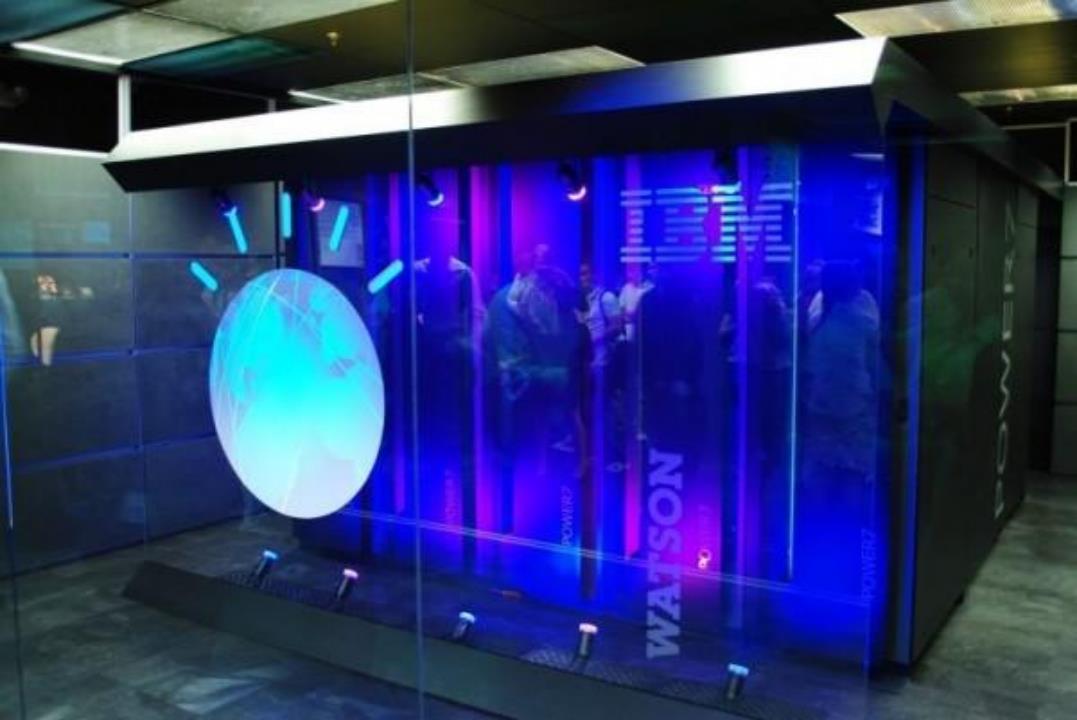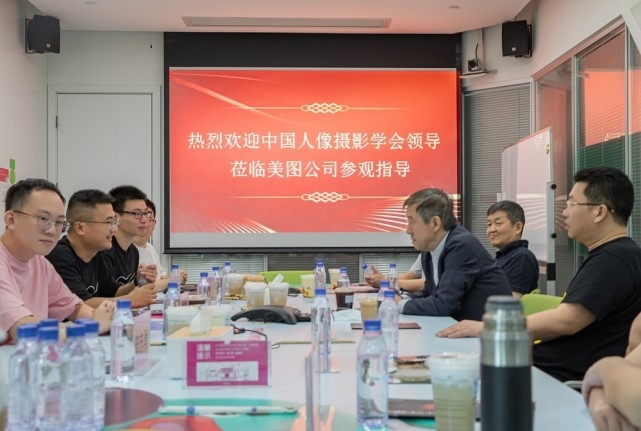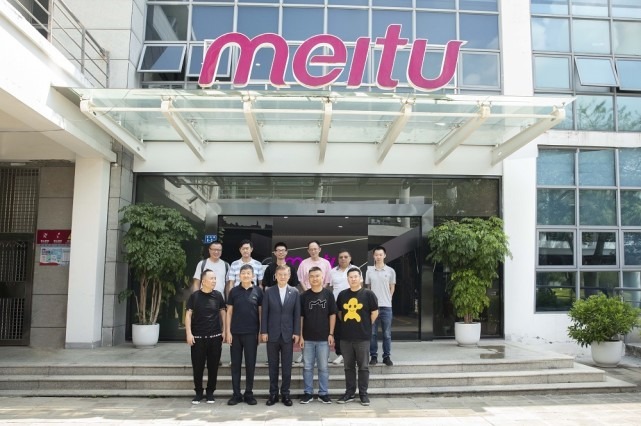Is it really easy to turn graphics into video?

How many content creators keep up late to cut videos of liver explosion? Have you ever thought that one day we can get rid of this heavy work and be done by AI instead? In fact, judging from the development status of AIGC industry, the above imagination is entirely possible to become a reality, and it may be in the near future.
From the perspective of Xiaobian, the content editing industry will go through three stages of development, and we are currently in the initial state of the second stage.
The first stage: pure manual editing
In the traditional sense, it is the manual editing of staying up late to burst the liver. The quality of editing depends on the level of editors and the time spent. This stage is characterized by "high labor intensity" and "a lot of repetitive work". It is precisely because of this pain point that with the progress of technology, the pain point of "excessive physical labor" was first solved by AI. After all, what AI is best at is simple and repetitive labor.

The second stage: manual +AI collaboration stage
AI is good at simple and repetitive movements, but AI is not only good at simple and repetitive movements. So the development of video editing industry has entered the stage of "manual +AI collaborative editing". From the clipping used in our daily life to some commercial clips in the toB field, we can see that AI smart clips are active among them.
Watson, an artificial intelligence system of IBM, edited the trailer for the sci-fi thriller movie Morgan as early as 2016. The technical team collected 100 thriller movie trailers for Watson to machine learn. Watson’s unique training model tagged the details of these trailers, such as picture, audio, scene connection, sound configuration, etc., decomposed and learned one by one, and assigned them to its own creative model. Finally, Watson successfully used the trained data model to select materials from 90-minute movies, and edited them into a 6-minute trailer, which was successfully put into use for film announcement.

Up to now, this kind of intelligent matching tool platform has evolved to the extreme, and ordinary users can simply use AI function for intelligent editing. On the local AI intelligent graphic-to-video platform, one frame per second is the highest, and the user inputs the edited copy. AI will automatically perform intelligent picture matching from the platform’s powerful online material library, presenting its own intelligent video generation results in seconds, and matching all-round details such as pictures, dubbing, subtitles, etc. in one stop. Users can directly export and use it with simple confirmation, especially in the production of popular science content and simple sharing content with low editing difficulty.

At the same time, AI, as an auxiliary tool of intelligent editing, is also blooming in the development direction. At present, all kinds of AI-enabled editing software emerge in an endless stream, some of which support intelligent graphic-to-video, some of which focus on recording and cutting, and some of which can simulate the voice of the user for dubbing modification and adjustment. The "scoop" can also be quickly corrected through AI. In short, the current AI intelligent editing industry is in a thriving development trend. It can be said that with the progress and integration of technology, AI will be fully involved in the field of intelligent editing, and our video editing work will be greatly released.
The third stage: pure AI editing stage
In the future, AI will run video editing in the whole process, even the currently difficult "audit" work. This is a bold idea put forward by Xiaobian, which has certain subjectivity. The main idea of this view is that the compliance and rigor of AI creation are unmatched by human editing. At present, AI editing is still in the primary stage, so human assistance is needed in content review and sensitive screen screening. However, the speed and capacity of AI learning is far beyond that of human beings. With a large number of legal provisions and review rules being learned by AI, the whole process of video editing will be completed by AI.
AI can even avoid problems such as audit omission caused by human fatigue and negligence. Even, while recording and cutting, real-time synchronization, the completion of shooting is a piece of export, which is not completely impossible. In addition to the research and development of AI automatic editing software, there may be AI shooting intelligent hardware devices, workstations and other products in the future, so as to maximize the convenience of video production. The development of AI technology makes us more daring to imagine its bright future.

In addition, what really makes Xiaobian feel that the intelligent editing industry will eventually rise vigorously is that the existing problems "seem" are not problems, and AI will eventually break them one by one with strong technical strength. When the AI industry was just beginning to develop, we were worried that AI would replace some human jobs. At that time, the prediction given by the technology industry was that "art, creativity and other jobs that need to exert human imagination will not be replaced".
However, at present, AI’s original painting has become a reality, and the field of artistic creativity has become the first industry to be impacted. It can be seen that AI’s "imagination" is far beyond our imagination, and the speed of technology iterative update is much faster than expected. The future is really coming.

















